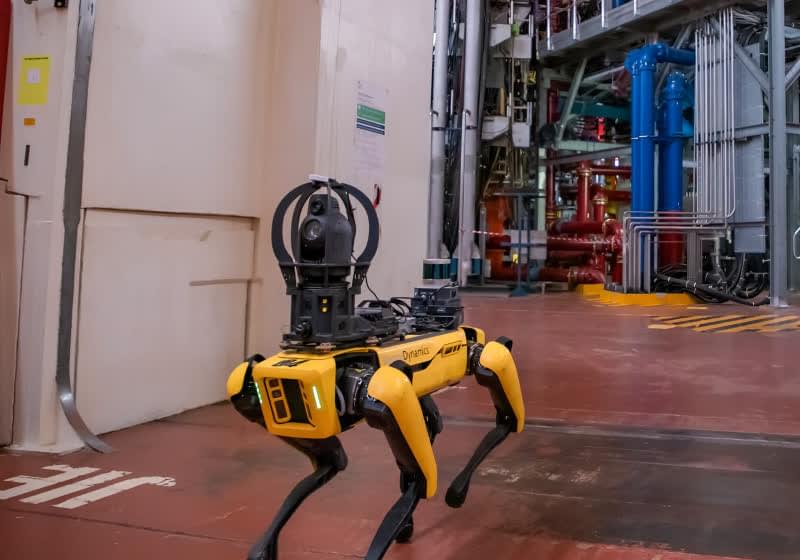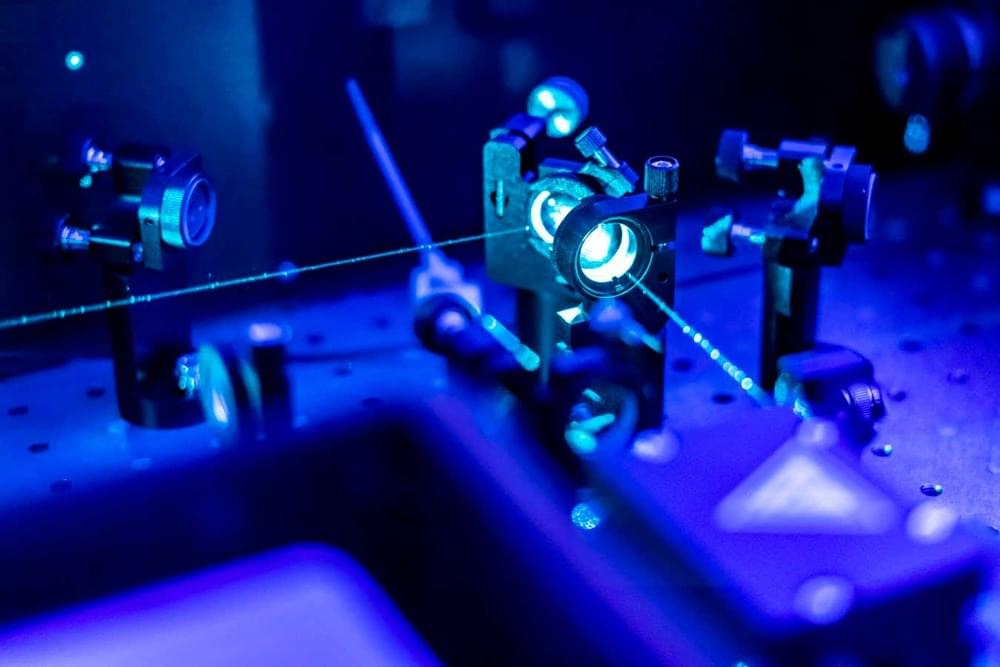Scientists may have unlocked anti-aging secrets by studying a plant cell organelle:
Research team stumble upon new discovery which potentially holds the key to aging in plants. Click here to find out what this means for the future.


I expect this around 2029/2030, so about 5-ish years. Phase 1 of it will be: hey Ai, i didnt really like that level, mission, story line, etc… edits on the fly. Phase 2 of it will be creating DLC on the fly. And, Phase 3 will be just telling an AI roughly what you want to play, and it tries to build it.
Publishing giant Electronic Arts shows a concept of the different ways users could generate their own content in a game using generative AI.
Enjoy the videos and music you love, upload original content, and share it all with friends, family, and the world on YouTube.

Engineers have long known that traditional aerodynamics models, used to design the blades of wind turbines and propellers, don’t account for certain real-world conditions. Though these formulas, established over a century ago, work well in basic scenarios, they falter when applied to high forces, extreme speeds, or complex angles. This has led engi…

What just happened? Researchers have successfully deployed a fully autonomous robot to inspect the inside of a nuclear fusion reactor. This achievement – the first of its kind – took place over 35 days as part of trials at the UK Atomic Energy Authority’s Joint European Torus facility.
JET was one of the world’s largest and most powerful operational fusion reactors until it was recently shut down. Meanwhile, the robotic star of the show was, of course, the four-legged Spot robot from Boston Dynamics, souped up with “localization and mission autonomy solutions” from the Oxford Robotics Institute (ORI) and “inspection payload” from UKAEA.
Spot roamed JET’s environment twice daily, using sensors to map the facility layout, monitor conditions, steer around obstacles and personnel, and collect vital data. These inspection duties normally require human operators to control the robot remotely.


Builders knew how to keep people cool in hot, dry climates thousands of years ago. It’s time to get that knowledge back.

Particles of light can spend “negative time” passing through a cloud of extremely cold atoms – without breaking the laws of physics.

In the ever-evolving landscape of scientific discovery, certain paradigms periodically challenge the established norms, compelling us to reconsider the boundaries of what we deem as ‘science.’ One such paradigm is the intersection of quantum physics and metaphysical science. Despite skepticism, there is a growing body of evidence suggesting that these two fields are not only compatible but also complementary. This blog delves into how quantum physics supports metaphysical science and argues for its integration into mainstream scientific discourse, underpinned by historical precedents.
“The day science begins to study non-physical phenomena; it will make more progress in one decade than in all the previous centuries of its existence.” — Nikola Tesla
Quantum physics, the study of particles at the smallest scales of energy levels, has fundamentally altered our understanding of reality. The principles of quantum mechanics, such as superposition, entanglement, and wave-particle duality, have revealed a universe far more intricate and interconnected than classical physics ever suggested. These concepts resonate profoundly with metaphysical science, which explores the nature of reality, consciousness, and existence beyond the physical.